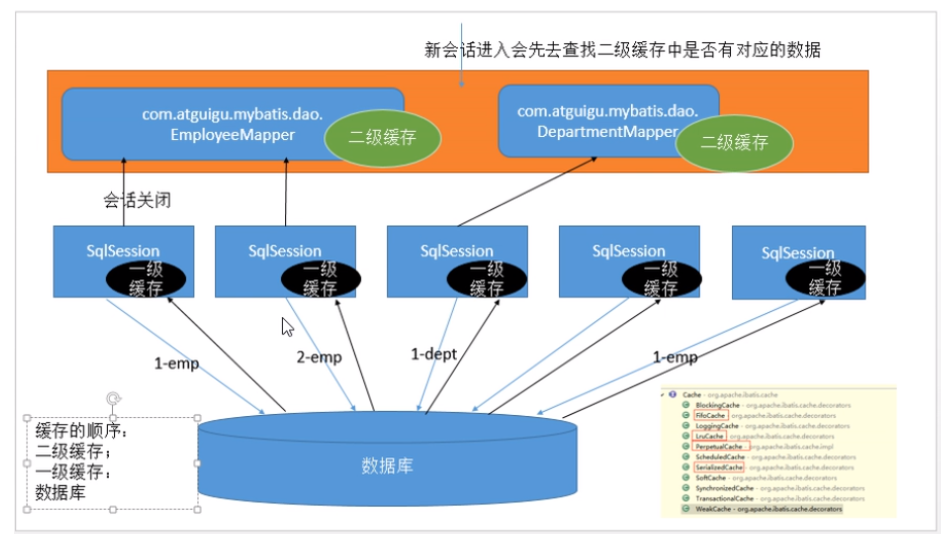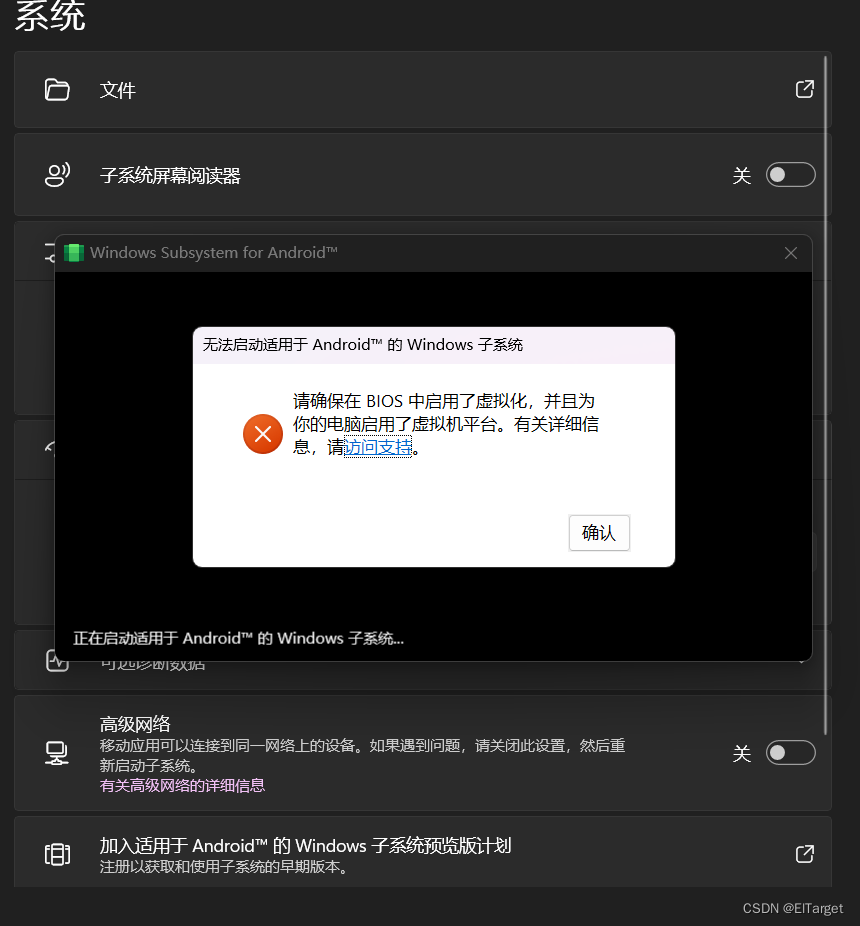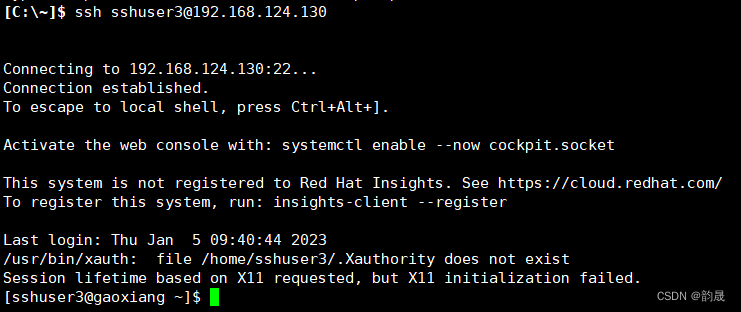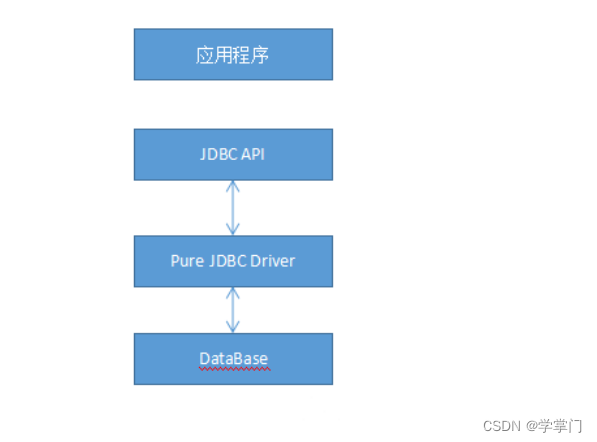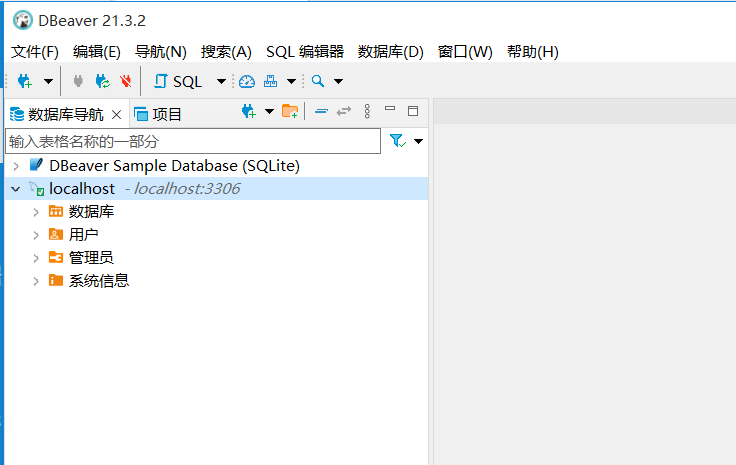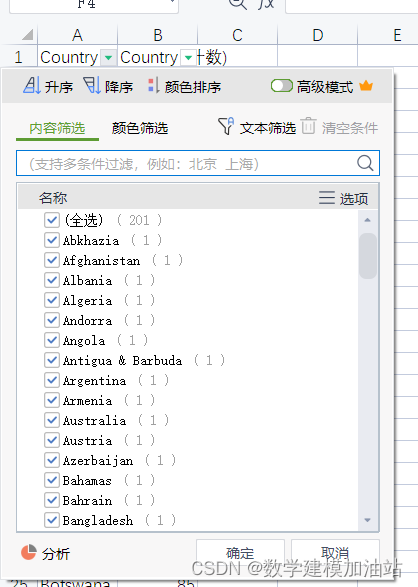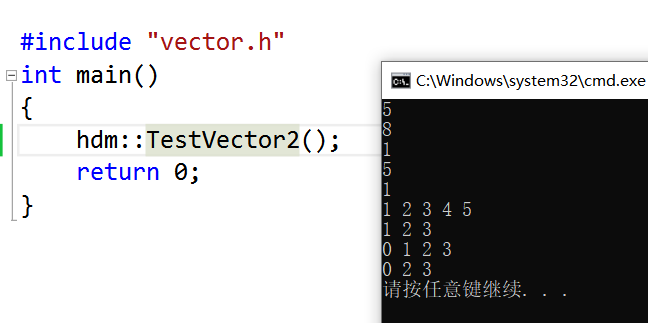文章目录
- 5、Logistic Regression 逻辑斯蒂回归
- 5.1 回归任务
- 5.1.1 MNIST Dataset
- 5.1.2 CIFAR-10 Dataset
- 5.2 Regression vs Classification 回归 vs 分类
- 5.3 Sigmoid functions
- 5.3.1 Logistic Function [0, 1]
- 5.3.2 Other Functions [-1, 1]
- 5.4 Model 模型
- 5.5.1 torch.sigmoid()、torch.nn.Sigmoid()、torch.nn.functional.sigmoid()
- 5.5 Loss Function 损失函数
- 5.6 Implementation 实施
- 5.6.1 Prepare Dataset 准备数据集
- 5.6.2 Design Model 设计模型
- 5.6.3 Construct Loss and Optimizer 构造损失和优化器
- 5.6.4 Training Cycle 训练周期
- 5.6.5 Test Model 测试模型
- 5.6.6 绘图
- 5.6.7 完整代码
5、Logistic Regression 逻辑斯蒂回归
B站视频教程传送门:PyTorch深度学习实践 - 逻辑斯蒂回归
5.1 回归任务
在开始学习逻辑斯蒂回归之前,我们先简单复习一下之前学过的线性回归:

并且我们使用的数据集也非常的简单:

当我们使用复杂的数据集时,比如 MNIST Dataset 或 CIFAR-10 dataset,就涉及到了分类的问题。
5.1.1 MNIST Dataset

这是一个手写数字的数据库,来源于 MNIST Dataset:
- 训练集:60000个样本
- 测试集:10000个样本
- 类:10(0,1,2,…,9)

可通过以下方式进行下载并使用:
import torchvision
train_set = torchvision.datasets.MNIST(root='../dataset/mnist', train=True, download=True)
test_set = torchvision.datasets.MNIST(root='../dataset/mnist', train=False, download=True
5.1.2 CIFAR-10 Dataset

这是一个各种图像的数据库,来源于 CIFAR-10 Dataset:
- 训练集:50000个样本
- 测试集:10000个样本
- 类:10(airplane,automobile,bird,…)

可通过以下方式进行下载并使用:
import torchvision
train_set = torchvision.datasets.CIFAR10(root='../dataset/cifar10', train=True, download=True)
test_set = torchvision.datasets.CIFAR10(root='../dataset/cifar10', train=False, download=True
5.2 Regression vs Classification 回归 vs 分类

回归: y ∈ R 连续的空间
逻辑斯蒂回归: 主要是做分类的,估算 y 属于哪一个类别,不是让 y 等于某一个特定值(因为类别无法进行比较),而是估算其属于每个分类的概率,概率较大的则是分类的结果。
二分类: 只有两个类别的分类问题,且 P(y = 1) + P(y = 0) = 1
想计算概率属于[0, 1],而不是实数,可以使用
sigmod()函数将实数空间映射到[0, 1]之间。
5.3 Sigmoid functions
5.3.1 Logistic Function [0, 1]

维基百科 - Logistic Function:https://en.wikipedia.org/wiki/Logistic_function
5.3.2 Other Functions [-1, 1]

5.4 Model 模型

Linear Model:
class LinearModel(torch.nn.Module):
def __init__(self):
super(LinearModel, self).__init__()
self.linear = torch.nn.Linear(1, 1)
def forward(self, x):
y_pred = self.linear(x)
return y_pred
Logistic Regression Model:
class LogisticRegressionModel(torch.nn.Module):
def __init__(self):
super(LogisticRegressionModel, self).__init__()
self.linear = torch.nn.Linear(1, 1)
def forward(self, x):
y_pred = F.sigmoid(self.linear(x)) # 注意:使用F.sigmoid()会报错,可替换为torch.sigmoid()
return y_pred
5.5.1 torch.sigmoid()、torch.nn.Sigmoid()、torch.nn.functional.sigmoid()
当导入 torch.nn.functional as F 并使用 F.sigmoid() ,会报错 UserWarning: nn.functional.sigmoid is deprecated. Use torch.sigmoid instead.。表明 nn.functional.sigmoid 已经被弃用,如果需要可以使用 torch.sigmoid。
我们来看一下3种 sigmoid() 函数的区别:
1、torch.sigmoid() 函数

2、torch.nn.Sigmoid() 类

3、torch.nn.functional.sigmoid() 函数

5.5 Loss Function 损失函数
Loss function for (Linear Regression - Binary Classification) 如下图所示:

Mini-Batch Loss function for Binary Classification 如下图所示:

# 1、Linear Model 线性模型
criterion = torch.nn.MSELoss(reduction='sum')
#2、Logistic Regression Model 逻辑斯蒂回归模型
criterion = torch.nn.BCELoss(reduction='sum')
注意1、在函数 MSELoss 或 BCELoss 中,参数 size_average 和 reduce 均已被弃用:

注意2、MSELoss 和 BCELoss 的区别:
-
MSELoss: Mean Squared Error Loss 均方误差损失
-
BCELoss: Binary Cross Entropy Loss 二元交叉熵损失
5.6 Implementation 实施
在具体代码实现之前,我们需要导入所需要的包:
import torch
import numpy as np
import matplotlib.pyplot as plt
from torch import nn
5.6.1 Prepare Dataset 准备数据集
x_data = torch.Tensor([[1.0], [2.0], [3.0]])
y_data = torch.Tensor([[0], [0], [1]])
5.6.2 Design Model 设计模型
class Liang(nn.Module):
def __init__(self):
super(Liang, self).__init__()
self.linear = nn.Linear(1, 1)
def forward(self, x):
y_pred = torch.sigmoid(self.linear(x))
return y_pred
model = Liang()
5.6.3 Construct Loss and Optimizer 构造损失和优化器
criterion = torch.nn.BCELoss(reduction='sum')
optimizer = torch.optim.SGD(model.parameters(), lr=0.01)
5.6.4 Training Cycle 训练周期
for epoch in range(1000):
y_pred = model(x_data)
loss = criterion(y_pred, y_data)
print(epoch, loss.item())
optimizer.zero_grad()
loss.backward()
optimizer.step()
5.6.5 Test Model 测试模型
# Output weight and bias
print('w = ', model.linear.weight.item())
print('b = ', model.linear.bias.item())
# Test
x_test = torch.Tensor([[4.0]])
y_test = model(x_test)
print('y_pred = ', y_test.item())
5.6.6 绘图
x = np.linspace(0, 10, 200) # 返回0~10等间距的200个数
x_t = torch.Tensor(x).view((200, 1)) # 200行1列的Tensor
y_t = model(x_t)
y = y_t.data.numpy() # 将torch.Tensor转换为numpy.ndarray
plt.plot(x, y)
plt.plot([0, 10], [0.5, 0.5], color='red') # 画线,x取0~10,y取0.5
plt.xlabel('Hours')
plt.ylabel('Probability of Pass')
plt.grid() # 显示网格线(1或True 默认显示;0或False 不显示)
plt.show()
5.6.7 完整代码
import torch
import numpy as np
import matplotlib.pyplot as plt
from torch import nn
# Prepare dataset
x_data = torch.Tensor([[1.0], [2.0], [3.0]])
y_data = torch.Tensor([[0], [0], [1]])
# Design model
class Liang(nn.Module):
def __init__(self):
super(Liang, self).__init__()
self.linear = nn.Linear(1, 1)
def forward(self, x):
y_pred = torch.sigmoid(self.linear(x))
return y_pred
model = Liang()
# Construct loss and optimizer
criterion = torch.nn.BCELoss(reduction='sum')
optimizer = torch.optim.SGD(model.parameters(), lr=0.01)
# Training cycle
for epoch in range(1000):
y_pred = model(x_data)
loss = criterion(y_pred, y_data)
print(epoch, loss.item())
optimizer.zero_grad()
loss.backward()
optimizer.step()
# Output weight and bias
print('w = ', model.linear.weight.item())
print('b = ', model.linear.bias.item())
# Test Model
x_test = torch.Tensor([[4.0]])
y_test = model(x_test)
print('y_pred = ', y_test.item())
# Result
x = np.linspace(0, 10, 200) # 返回0~10等间距的200个数
x_t = torch.Tensor(x).view((200, 1)) # 200行1列的Tensor
y_t = model(x_t)
y = y_t.data.numpy() # 将torch.Tensor转换为numpy.ndarray
plt.plot(x, y)
plt.plot([0, 10], [0.5, 0.5], color='red') # 画线,x取0~10,y取0.5
plt.xlabel('Hours')
plt.ylabel('Probability of Pass')
plt.grid() # 显示网格线(1或True 默认显示;0或False 不显示)
plt.show()
0 2.7373640537261963
1 2.693269729614258
2 2.651460647583008
...
995 1.0572519302368164
996 1.0567638874053955
997 1.0562764406204224
998 1.055789589881897
999 1.0553032159805298
w = 1.1830791234970093
b = -2.858741283416748
y_pred = 0.8668714165687561

